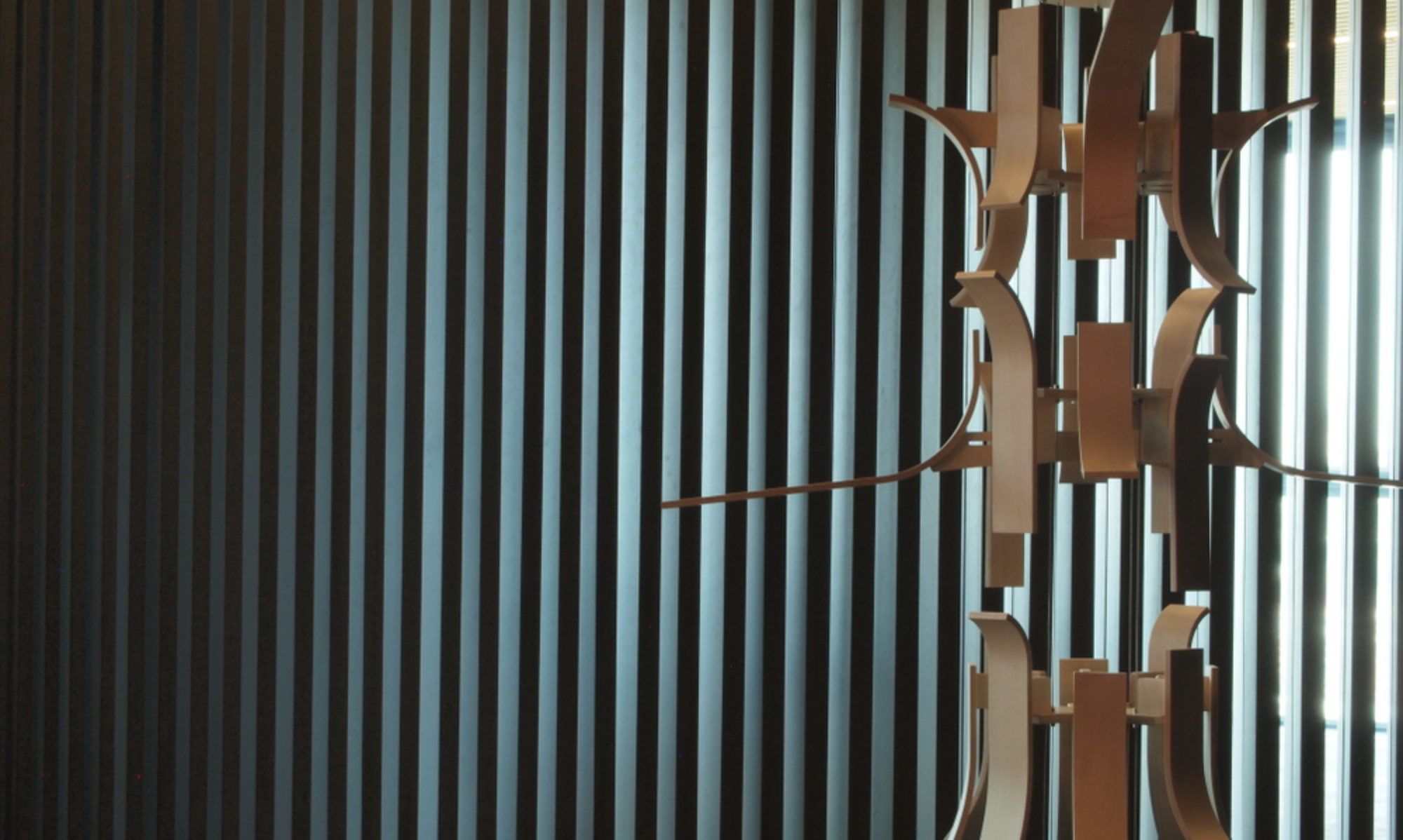Between 1939 and 1952, American artist John Cage developed a series of pieces called Imaginary Landscapes. He made 5 of them. They used a variety of objects ranging from tin cans to marimbulas and from conch shells to water gongs but they always had “something that uses electricity”. In Cage’s own words: “It’s not a physical landscape. It’s a term reserved for the new technologies. It’s a landscape in the future. It’s as though you used technology to take you off the ground and go like Alice through the looking glass.”
In this spirit, Felix Pastor and Enric Guaus propose the use of the light to discover changing soundscapes It uses electricity and more importantly, it uses you.
- March 3rd, 21:00
- Hans & Fritz Contemporary
- San Gil 17, 08001 Barcelona, Spain
- Free entrance
The sound material was organised into 6 scenes:
- Scene 1 – binaural recordings of exteriors
- Scene 2 – instrumental gestures
- Scene 3 – radio recordings
- Scene 4 – spoken text
- Scene 5 – religious chanting or expressions
- Scene 6 – household noises
Some of the used sounds are downloaded from Freesound, a collaborative database of Creative Commons Licensed sounds for browsing, downloading and sharing sound. The list of used sounds is available in this link. Other songs are recorded using a pair of binaural microphones, and instrument sounds and other noises have been composed.
The speakers who collaborate with this initiative were: Monica Bayo, Anna Costal, Xavier Fina, Maria Franch, Gisela Garcia, Gemma Gascón, David González, Elisenda Gutés, Perfecto Herrera, Melissa Mercadal, Antonio-Germán Palacios, Fèlix Pastor, Adrià Serrano, Rosa Tamarit, Marc Urrutia, Daniel Val.
The audio processing is built up using Supercollider. It is available in Github.


